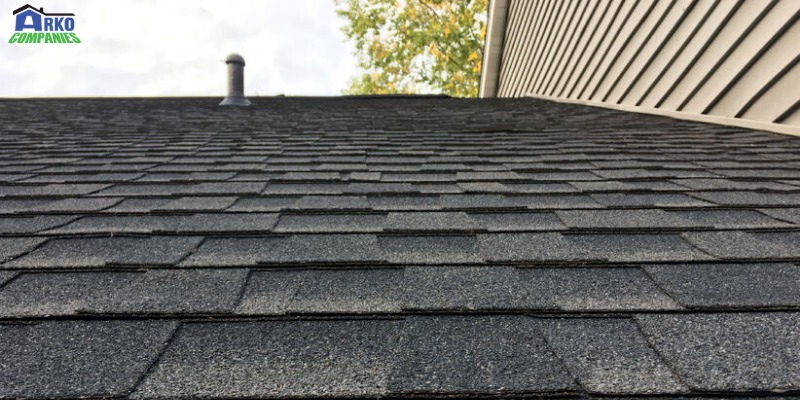There are various types of roofs available. What are some of them, and what are their pros and cons?
Gable Roof:
A gable roof can be distinguished because of its triangular shape. There are two types of gable roofs. One is box and the other is open roof. Open roof sits in oneness with the two walls whereas the box type roof hangs on the walls with a triangular cut that sits atop the walls.
Pros:
Because of the steep inclination of these types of roofs, snow or ice fail to accumulate on the surface and hence prevent any damage from water or weight. These roofs, in addition, create some space in the attic for storage and also improve the ventilation.
Cons:
Gable roofs are not suited for high wind and hurricane-prone areas.
Hip Roof:
There is not much of a difference between a hip roof and gable roof… with hip roof also sloping on all four sides albeit at a lesser angle than a gable roof.
Pros:
Like a gable roof, hip roofs are very well-suited for areas with snow and rainfall; they’re quite durable.
Cons:
These roofs are expensive to build as they require more building materials. They sometimes have installation loopholes. If not installed properly, they ooze water out from leaks in the valleys of the roof.
Gambrel Roof:
A gambrel roof is very much like a gable roof in all respects except that both the sloped sides veer at different angles. They start initially looking just like a gable roof does, but halfway through they veer off with a vertical drop.
Pros:
They’re cheap to build and provide a large amount of additional living space.
Cons:
Gambrel roofs have an open design making them unfavorable to snow and heavy rain as their added weight could make the roof collapse.
Mansard Roofs:
Mansard roofs are similar to gambrel roofs in that their sides slope at two rather different angles. The top is less sloping and towards the bottom there is a sharp drop at right angles.
Pros:
The benefit of this type of roof is that it’s very unique looking and create spaces called garrett.
Cons:
They’re not good for rainfall as the top of the roof may not be so vertical as it seems and there remains a catchment area for water on top.
Skillion Roofs:
They are also called shed roofs or lean-tos with one side sloping down and the other side being a piece attached to a higher wall.
Pros:
Aesthetically they provide a very modern and contemporary look to the house and their sloping roof does not allow the rain and snow to collect on the roof.
Cons:
The angle of the roof is too steep and reduces the height of the home walls.
Flat Roofs:
Flat Roofs are roofs that have no angle. They have a slope towards the end but the slope is more or less superficial to allow the water to run down.
Pros:
They are used in commercial buildings and are not aesthetically pleasing but are very cheap to build.
Cons:
They are not suited for areas with heavy snow or rainfall.

